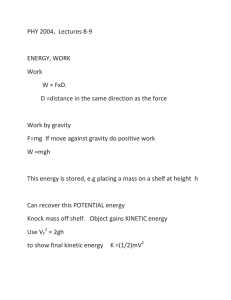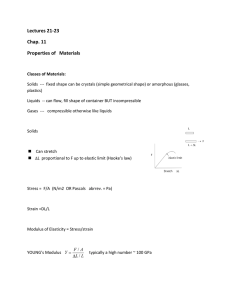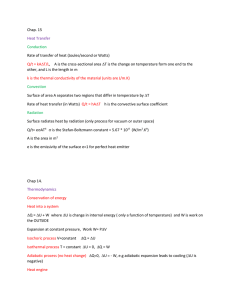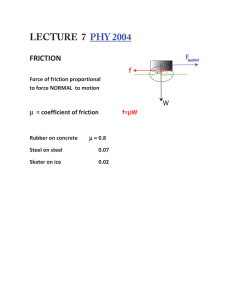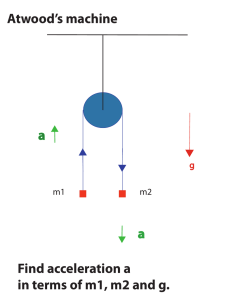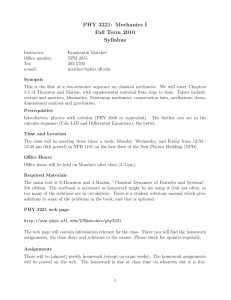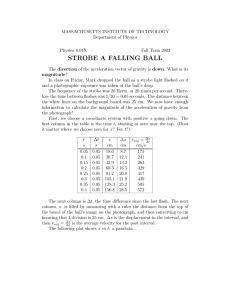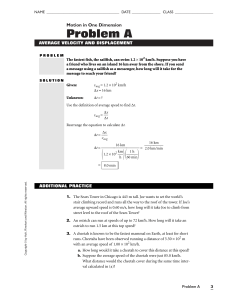PHY 2004 : Applied Physics in our world today
advertisement
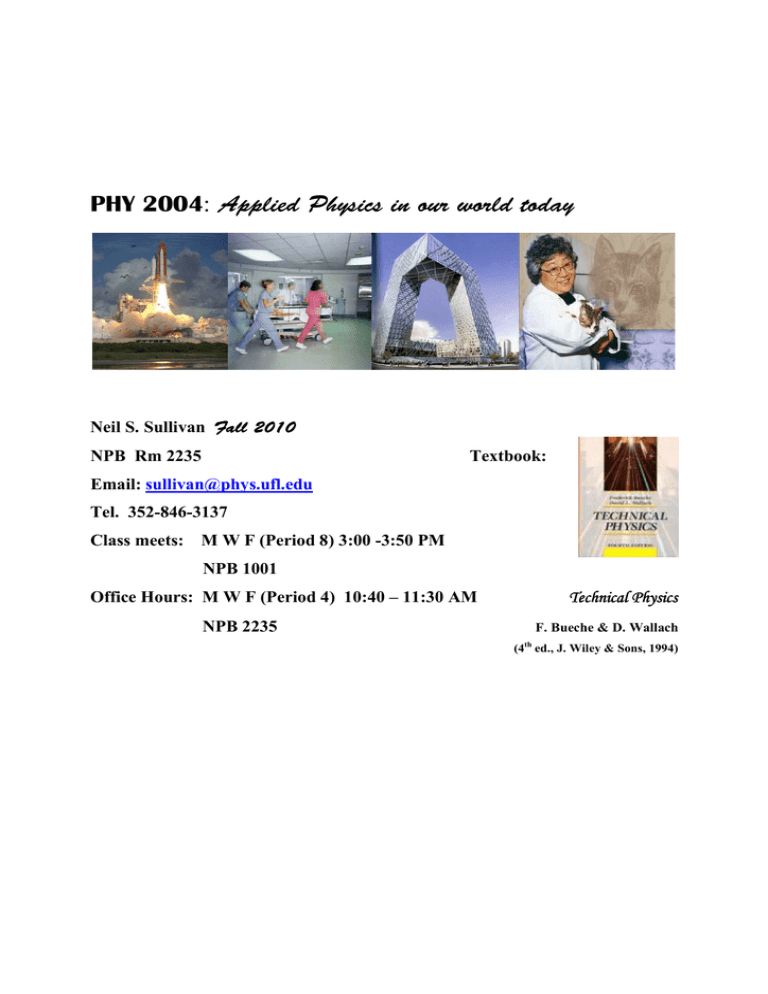
PHY 2004: Applied Physics in our world today Neil S. Sullivan Fall 2010 NPB Rm 2235 Textbook: Email: sullivan@phys.ufl.edu Tel. 352-846-3137 Class meets: M W F (Period 8) 3:00 -3:50 PM NPB 1001 Office Hours: M W F (Period 4) 10:40 – 11:30 AM NPB 2235 Technical Physics F. Bueche & D. Wallach (4th ed., J. Wiley & Sons, 1994) PHY 2004 GENERAL POINTS Reference materials, important dates: CHECK course web site Course Goals General introduction to use of physics in everyday life Simple applications, useful in professional careers Emphasis on principles (not lengthy calculations) Exams: Some problems in exams will be from problems discussed in class and in in-class quizzes (clicker responses) Make-up exams (date TBD) Need SIGNED documentation from Dr. coach teacher etc. HITT: Have remotes by September 7 (to have in-class quizzes recorded) PHY 2004 Exams Fall 2010 All here in NPB 1001 Mid-term: Best two 30 points each 1. Sept. 20 Pd 8 (3-3:50 PM) 2. Oct. 20 Pd 8 (3-3:50 PM) 3. Nov. 19 Pd 8 (3-3:50 PM) 4. Final Dec. 13 (3-5 PM) 40 points unless third midterm better than final in which case final =30 points and other mid-term=10 points) In class questions = bonus of 5 % MOTION Speed (scalar) distance per unit time meters/sec Velocity (vector) speed + direction Direction different at different points Average velocity = displacement vector AB/time Acceleration (vector) Rate of change of velocity a = (VF – VI)/t OR VF = VI +at Uniform acceleration (typical in this class) e.g. gravity, rockets X = Vavg t where Vavg is average velocity Vavg = (VI +VF)/2 THUS X = (VF2-VI2/2a) OR VF2= VI2 + 2aX ALSO X = Vavg t X = VIt +(1/2)at2 OR Gravity constant at Earth’s surface (always “down”) Typical problem Throw ball up at 20 m/s. How high will it go? VF2 = Vi2 + 2aH a = - 9.8 m/s2 ( gravity DOWN deceleration ) VF = 0 0 = 202 -2(9.8)H H= 400/19.6 = 20.4 m Projectile Motion Initial velocity V at angle to horizontal Calculate R Calculate More next time.
